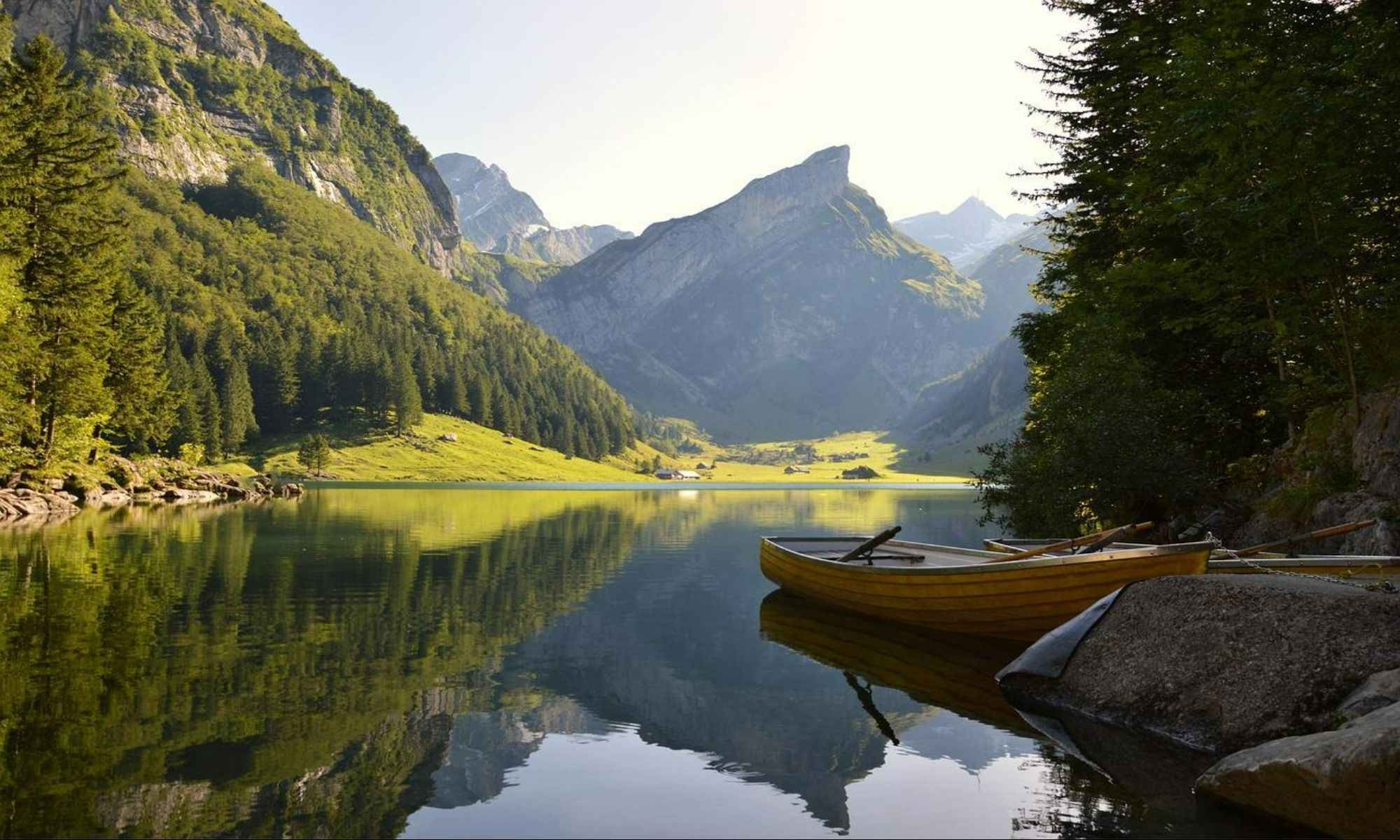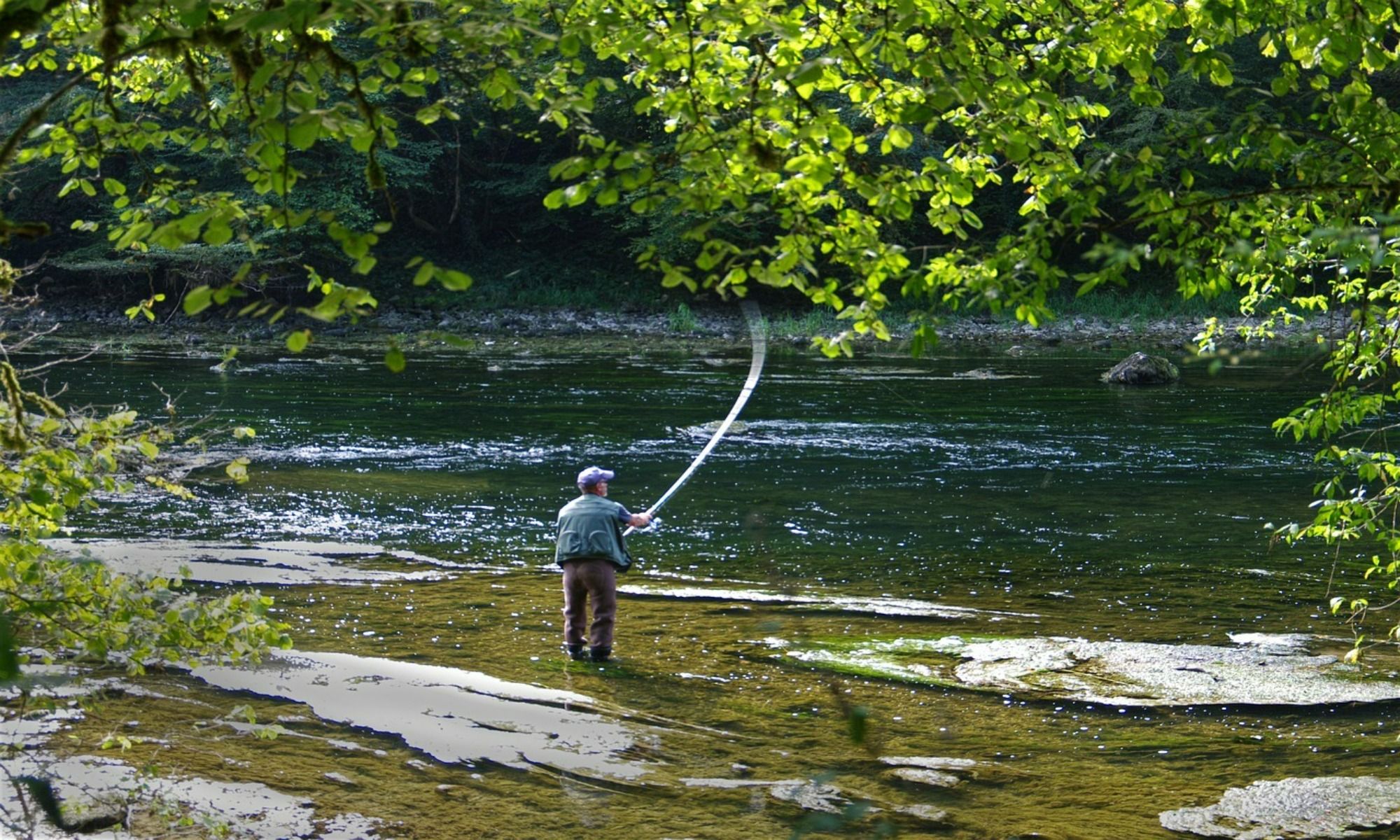Andalusia, AL Fishing: Calm and Relaxing Atmosphere
Visit the heart of Alabama and explore the enchanting town of Andalusia!

The impressive history of Andalusia, located in the "heart of South Alabama," began on the Conecuh River banks at Montezuma’s trading post-settlement. The name of the post office and the village had changed to Montezuma, even though this early settlement below the falls was known as Covington Courthouse, the first county seat indicated on historical maps. It is still a mystery how Montezuma received its name. Historians speculate that it could have been the Spanish influence of the traders traveling up and down the river to Pensacola or refugees fleeing the recently finished Mexican Revolution.
The "Harrison Freshet," a flood in the lowlands of Montezuma in 1841, was a devastating event that brought mosquito fever and devastation to the buildings and homes, causing residents to relocate to higher ground to a new site. The small community gradually moved four miles east of its original location to the highest point on the hill between the Conecuh and Yellow Rivers, a haven on the watershed. By the time the post office was created, the new county seat had relocated to Andalusia. Andalusia was laid out, surveyed, and constructed in a square around a plaza, the current court square, in keeping with the Spanish motif. Some believe that the term was chosen by the leaders of the various beats who were adamant about relocating the town up the hill after legislation was passed in 1939.
The arrival of the Central of Georgia Railroad, followed by a Louisville and Nashville line, caused the town's population to double in a year, from 250 to around 500 people. Because of the production of timber and other wood products, the town thrived as a regional economic center and is now the county's largest city. Today, Andalusia is a commercial and trade center between 80 and 125 miles from much larger cities.
Andalusia Fishing

Just a twenty-minute drive away from Andalusia is the Frank Jackson State Park. The 1,000-acre Lake Jackson is the main attraction at this 2,050-acre park near Opp, Alabama, attracting anglers. Aside from excellent fishing, the park has picnic spaces, lakefront RV campsites with cable TV hookups, a new bathhouse, a boardwalk leading to a lake island, and over three miles of walking trails. A pedestrian bridge that spans a stretch of Lake Frank Jackson makes it easier to get from the playground to the campground while also providing a wildlife observation spot. You may see various birds, fish, and other animals from the bridge. The tranquil sounds of the lake washing through the aquatic plants reflect a state park's quality of life.
The park's real attraction is fishing, and Lake Frank Jackson is specifically stocked and managed for excellent freshwater fishing. Plenty of largemouth bass, bluegill, crappie, and blue catfish exist. Boaters, paddlers, and swimmers can access the water via boat launch ramps and a grassy beach. The dam's northwest end has a handicap-accessible fishing platform that can be reached via Highway 42.
Shad, minnows, and shiners are some of the greatest live baits for catching bass. Baitfish come in a variety of sizes and may be utilized in a variety of bass waters, but they are especially effective when targeting large bass in deeper water. Meanwhile, cockroaches and red worms are the most regularly used live baits for bluegill fishing. Wigglers, catalpa worms, mealworms, grubs, mayflies, and nightcrawlers are equally effective. Those baits are ideal for perch jerkers who prefer to spend a relaxing day watching a cork sink from the comfort of their lawn chair.
Minnows, worms, and other small insects can be used to attract crappie. You don't have to be concerned about the bait’s color since you give them what they would normally eat. Most anglers like minnows, and some even use a live minnow tipped on a jig for higher chances of a double catch.
If you are an angler who does not mind a longer drive, then the Blackwater River State Park is the place for you as it is only an hour away from Andalusia. Blackwater River offers a wide range of outdoor activities around the park's namesake waterway. When viewed against the white sandbars, it is usually a translucent golden-brown stream. Most of the stream travels within the Blackwater State Forest and Blackwater River State Park, the heart of the world's biggest contiguous longleaf pine ecosystem, rarer than a tropical rainforest. Water pouring from this woodland is as pure as it gets, stained only by tannins from coastal vegetation's leaves and roots. Here, anglers will have a great time fishing largemouth bass, striped bass, crappie, bluegill, blue catfish, redear sunfish, chain pickerel, bowfin, and shad.
Redear sunfish like mealworms and crickets as live bait, while bluegills prefer red worms and crickets. Suspending the bait under a float is the best method for both species. This is because redear sunfish prefer the bait to be as near the bottom as possible, with the least weight on the line. Anglers in Alabama mostly capture chain pickerel by chance while fishing for bass. Pickerel are regularly caught by crappie anglers using minnows, threadfin shad, shiners, or other live bait in weedy waters.
Spinnerbaits, crankbaits, and Texas-rigged plastic worms commonly catch bowfin. Bowfins will also take jigs dropped into dense covers, such as weeds or logs. Crappie anglers frequently utilize live shiners. Nightcrawlers and other baits used by anglers targeting bream or catfish may be targeted by bowfins. Meanwhile, small, artificial lures such as jigs, spinners, spoons, and similar lures are the best bait for shad. Shiny or brilliantly colored lures are preferred, but shad have been known to bite a shiny bare hook, especially if it's linked to a swivel for swaying action.
Top 10 Fish Species in Andalusia, AL
The top ten fish species caught in Andalusia, AL, are walleye, crappie, rainbow trout, wahoo, largemouth bass, bluegill, yellowfin tuna, redfish, summer flounder, and tarpon.
Seasonal Fishing
In general, March through May are the best fishing months in Alabama. Anglers will better catch crappie, largemouth bass, and bluegill as the water temperatures rise. Bass can be caught all year, but February through May are ideal for catching a prize. Alabama hosts several bass competitions on various lakes throughout the state, making it a popular destination for anglers.
Have a Relaxing Break in Andalusia
1. Book a Fishing Charter
Fishing charters provide all of the essential equipment for a successful fishing expedition. Depending on the waters you choose to fish in, they will provide the necessary fishing bait and equipment. These experts form an extensive working network to help each other identify and catch the day’s best catches. Working aboard a charter boat means that experienced anglers will guide you.
2. Visit the Three Notch Museum
The Three Notch Museum is part of a small museum complex in downtown Andalusia, Covington County, centered on a historic train station. The Central of Georgia Depot was opened in 1899. The trains that served it was critical to the rise of Andalusia's commerce and population in the late nineteenth and early twentieth centuries. The depot and other outdoor exhibits comprise the museum, which opened in 1987. Artifacts from local county and railroad history are housed in the terminal building. It was listed on the National Register of Historic Places as the final commercially utilized wooden building surviving in Andalusia.
3. Trek at the Conecuh National Forest
The Conecuh National Forest spans 84,000 acres between Andalusia, Alabama, and the Florida border and is Alabama's southernmost national forest. This public-land gem protects exceptional examples of habitats and associated species found in lower coastal plain natural ecosystems. Upland longleaf pine forests, shallow ponds, and bogs, all maintained by periodical ground fires, are among the most important of these habitats. This diverse ecological habitat is ideal for a variety of recreational activities.


